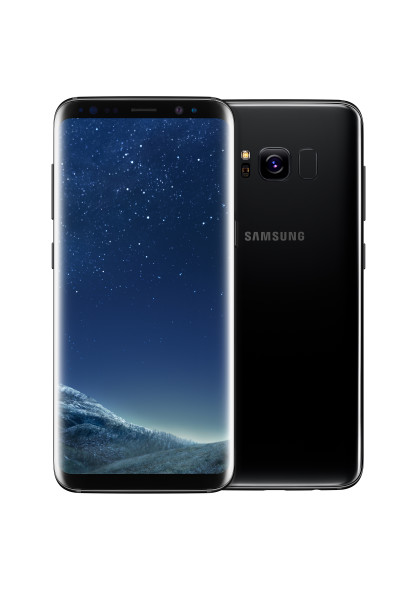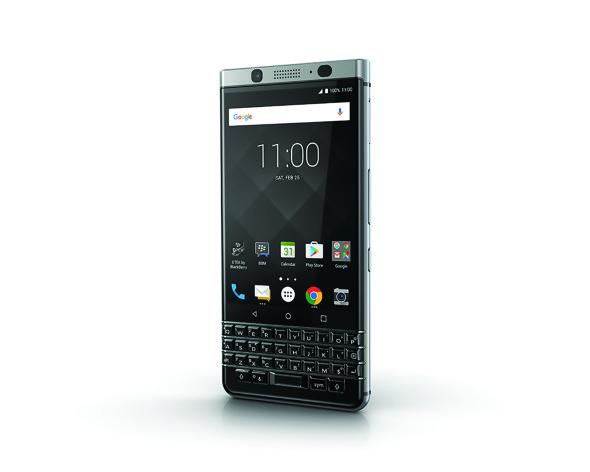
This month we take a look at two key names in the mobile industry. Samsung has launched its flagship Galaxy S8 whereas Blackberry is trying to reclaim its glory days with an old formula but a slightly different approach. See how they got on below.
Samsung Galaxy S8
There is no getting around the fact that Samsung has to make a success of the S8. Not only is the competition fierce at the top end of the market Samsung is also dealing with the aftermath of last year’s exploding Galaxy Note model which hurt the brand’s reputation along with their bank balance. I’ve been quietly chuckling at the new adverts Samsung has released which paint a picture of reliability on the back of a vigorous testing regime. I would imagine having Samsung knock on your door to sort out their mainstream image is the equivalent of a PR specialist’s wet dream!
The device has only just hit the shelves but the most noticeable difference in design is the lack of a compressible button on the front of the device. Instead, Samsung has decided to fill the front of the phone with a truly impressive screen, which they are referring to as the Infinity Display. At 5.8 inches, you will need an impressive hand span to use the device in a single hand. The Super AMOLED display is breath-taking with QHD resolution and is currently widely regarded as the best screen on the market. The specs are powerful as expected and include 4GB of RAM coupled with a Snapdragon 385 chipset.
This will be one of the first phones to include Samsung’s virtual assistant Bixby. The AI powered assistant is meant to learn your habits as you use the phone and offer a frictionless experience which can offer contextual information to users. However, Bixby is still in development and users will probably find Google’s assistant more useful at the moment.
Two areas Samsung has appeared to take a shortcut is with its camera and battery, both of which have bypassed the upgrade cycle which raises a few questions around how relevant the device can stay for the next two year cycle for users.
One of the most compelling features of the S8 is the Samsung Dex, which turns your phone into a desktop environment by just plugging it into the Dex dock. Just connect a monitor to the device and you can use it as a regular computer by using Office apps or even connect it to a remote desktop via Citrix.
This is an exceptional phone which will appeal to a large audience. This could be the phone to beat in 2017.
Blackberry KeyOne
 With its release date pushed back to this May much of the market are wondering what Blackberry has to offer with another handset which include their iconic keypad. Is this a nostalgic play? It’s currently not clear. Communications provider TCL has taken on the Blackberry brand through a licensing deal so this could be a fresh device from a company with a fresh outlook.
With its release date pushed back to this May much of the market are wondering what Blackberry has to offer with another handset which include their iconic keypad. Is this a nostalgic play? It’s currently not clear. Communications provider TCL has taken on the Blackberry brand through a licensing deal so this could be a fresh device from a company with a fresh outlook.
The good news is that the keyboard is brilliant and after digging up the memories from ten years ago I was able to hammer out text far quicker than I ever have. Combined with Android Nougat 7.0 OS this begins to feel like it could work. When you pile on the encryption, which governments around the world are using, then suddenly Blackberry seems to have some life left. However, this is likely to be confined to highly specific markets like governments and huge corporates.
The Snapdragon 625 chip and 3GB of RAM is fairly standard for a mid to top smartphone these days so it certainly isn’t setting the world on fire. The dimensions also feel odd in 2017 as they have stuck a 4.5 inch screen onto a QWERTY keyboard. The result just feels a little… odd.
This is a phone for the fans, for the same money there are better Android phones to choose from. I can’t see this making a massive splash in the mainstream market but there will be those who will choose the KeyOne purely for its keyboard.
